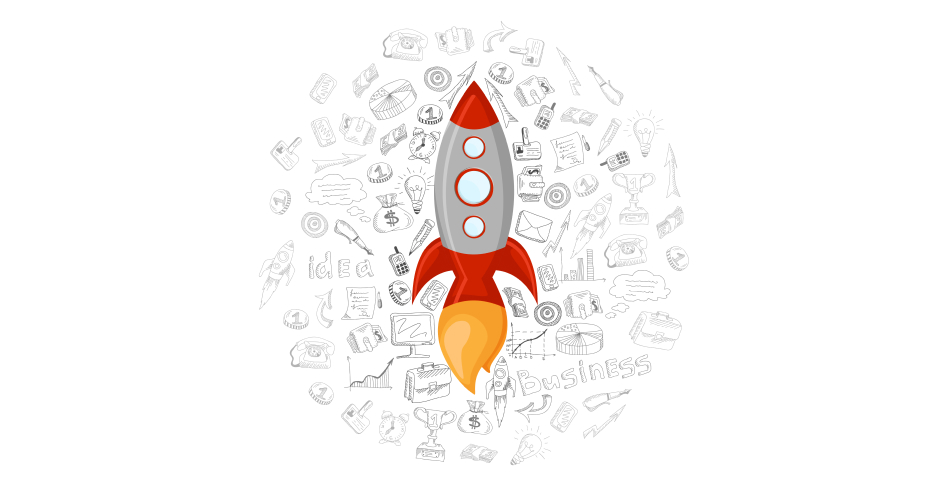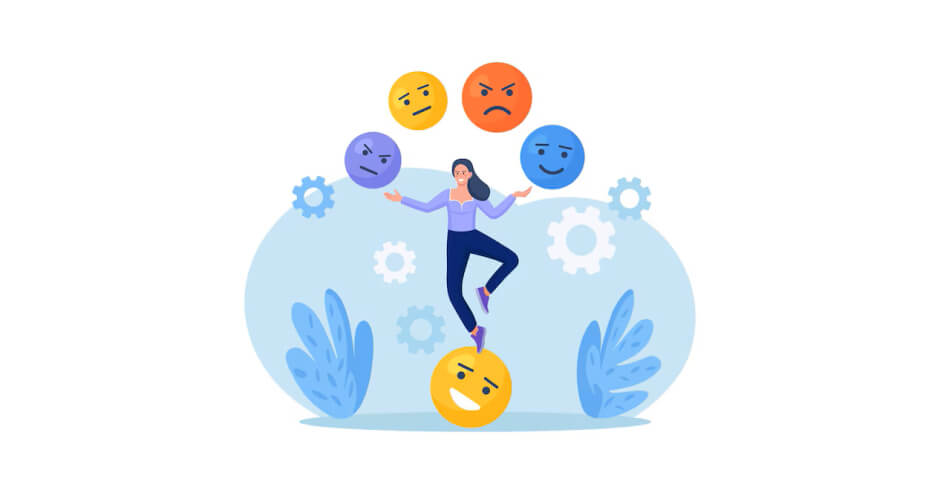From Idea to Launch: A Step-by-Step Guide to Product Development
- Emma Bennett
- 16 Aug, 2024

Taking a product from idea to successful launch is indeed an intricate journey that necessitates careful planning, collaboration, and execution. For both startup founders, indie developers and mature product managers, it is important to understand each stage of the development process in order to create a product that will resonate with your target audience and stand out in the market.
In this guide, we’ll be following through the major stages of product development, giving hints and best practices to help you manage this complex process.
1. Idea Generation and Validation
Brainstorming and Ideation: Every product starts with a pain point of users or the idea. It can be sourced from the market, customer requirements, or just an inspiring moment. Encourage your team in brainstorming and ideation with total freedom of thought, where nothing should be considered too outlandish at this stage.
Market Research and Validation: Once armed with a few ideas, it is time to start running validation tests. Conduct market research to find out what the primary needs and pain points of your target audience are. Are there similar products already on the market? In what way does your idea stand out? Validate the idea through surveys, interviews, or focus groups to actually prove that there is demand for your product.
Feasibility check: This is to scope the feasibility of your product. How real is this technically and financially: can you or your team really build out that product with your current resources? What might get in the way? If working solo, how long would bringing this product to market actually take—then is that timeline sensible? Assessment of all these factors will help in understanding whether it would be wise to move forward with this idea.
2. Planning and Strategy
Define Your Vision and Goals: Clearly articulate the vision for your product. What problem does it solve? What value does it bring to your customers? Outline specific and measurable goals for the product development process: targeted release dates, targeted revenue projection, target user acquisition metrics, and more.
Develop a Product Roadmap: A product roadmap is a high-level, visual summary that outlines the direction in which your product is headed over time. It is handy for getting your team aligned around priorities and sets out times for each stage of development. Make sure to include key milestones like the completion of the prototype, beta testing, and launch.
Identify Key Metrics: Identify key performance indicators to measure the expected success of your product. User engagement, customer satisfaction, and conversion, among other things, could make up such metrics. Thereafter, with a clear metric, steer your development process toward realizing its realization or achievement.
3. Design and Prototyping
User-Centered Design: Aim to make the product friendly and intuitive to use. You are going to start this by creating user personas—make-believe characters representing your product’s ideal customers. These personas will guide your product design to ensure it helps your target audience effectively.
Wireframes and Mockups: Create wireframes and mockups to visualize the layout and functionality of your product. This is important because it helps highlight any possible usability issues very early in the process. Use Sketch, Figma, or Adobe XD to develop high-fidelity, interactive prototypes with the ability to simulate user experience.
Prototype Development: Once the final design is ready, create a prototype of your product. This may be a simplified form of your product that will enable you to test the main functionality. Prototyping helps in identifying all kinds of design flaws and errors, and in gathering user feedback to work on the changes accordingly before moving to full development.
4. Development and Testing
Agile Development: It is one of the leading methodologies followed in product development processes. Iteration and collaboration are the two terms focused on here. Divide your product development into smaller sprints, with a focus on certain features or an aspect of the product at a time. Review and adjust your plan regularly according to feedback and outcomes from each sprint.
Quality Assurance (QA) Testing: QA testing is an important process to maintain the product bug-free during development, up to the desired quality levels. Carry out all types of tests — functional, usability, and performance — and conduct both in-house testing and external beta user testing in order to get a diversified experience for identifying issues.
Continuous Feedback Loop: Continuous feedback about development is shared with all stakeholders, including your development team, designers, and potential users. This ensures alignment so that any problem detected can be addressed at the instance.
5. Pre-Launch Preparation
Marketing and Go-to-Market Strategy: Start planning your marketing efforts well before the product launch. Develop a go-to-market strategy that includes your product’s positioning, pricing, and promotion. Identify the channels you’ll use to reach your target audience, such as social media, email marketing, or content marketing.
Beta Testing: Do a beta test, possibly with a selected group of users, prior to the official launch. It may help to collect some more real-world feedback in order to do some fine-tuning. Ask beta testers for detailed feedback on their experience, and stay ready to quickly fix it.
Launch Plan: Develop a detailed launch plan indicating every activity that should precede the launch day, including final product readiness, preparedness of marketing materials, announcement schedules, and actual readiness of customer support to answer inquiries.
6. Launch and Post-launch Activities
Launch Day: Everything should be prepared for the day of launch. Have a meeting with the marketing team to announce the launch in every possible channel. On the day of the launch, monitor it very closely in case anything is going wrong and must be fixed immediately, like technical issues or customer calls.
Post-Launch Monitoring: Be sure to monitor your product even after launching. Keep track of KPIs reflecting the success of the launch, and keep a collection of users’ feedback; this data will definitely come in handy while finding out where improvements can be made and how to plan future updates.
Iterate and improve: The product development process doesn’t stop with the launch. Use insights gathered from monitoring post-launch performance to iteratively upgrade your product. Regular updates in line with feedback from users will help you sustain your product as relevant and competitive in the market.
Benty is a powerful tool for product development, enabling teams or indie developers to transform unstructured user feedback into actionable insights. It automates the analysis of customer reviews from platforms like G2, categorizing them into feature requests, bug reports, and more. By providing sentiment and emotion analysis, Benty helps product developers understand user needs, identify trends, and prioritize development efforts. Additionally, it offers real-time notifications for new feedback, ensuring that teams can promptly address user concerns and continuously improve their products. This results in enhanced customer satisfaction and a competitive edge.
To stay informed about the launch of Benty and be among the first users, please leave your email address, and we will notify you when Benty is live 🚀
Conclusion
Turning the product from an idea into a launch is challenging but very rewarding. Do it right: Idea, Plan, Design, Develop, and post-launch work—it’s highly likely that you’ll get a product that meets not just the customers’ expectations but also the standards of the market. Make sure there is effective product development in place with a learning organization, adapt fast, listen to your users, and always be ready for the continuous refinement of your product through time.


